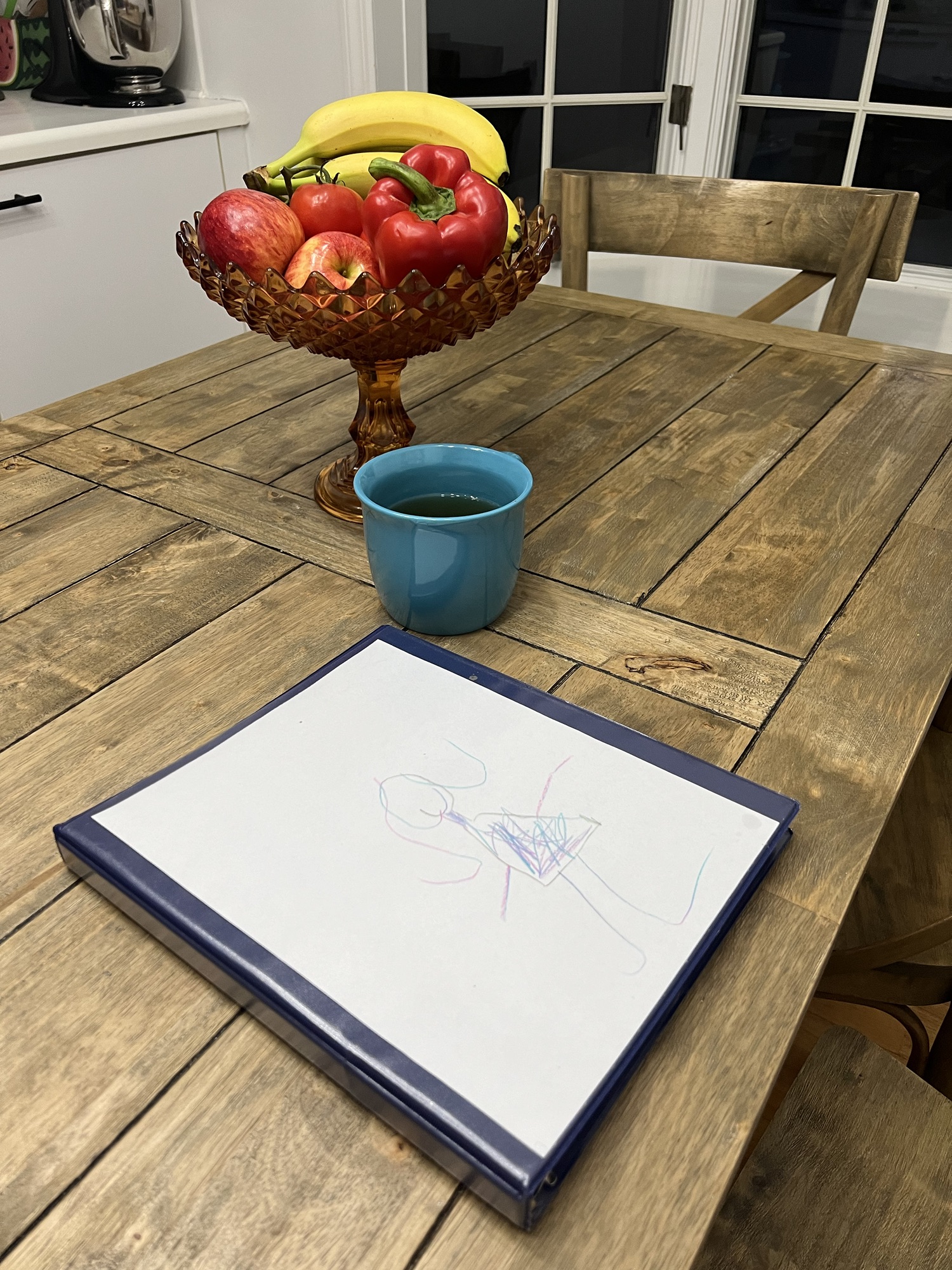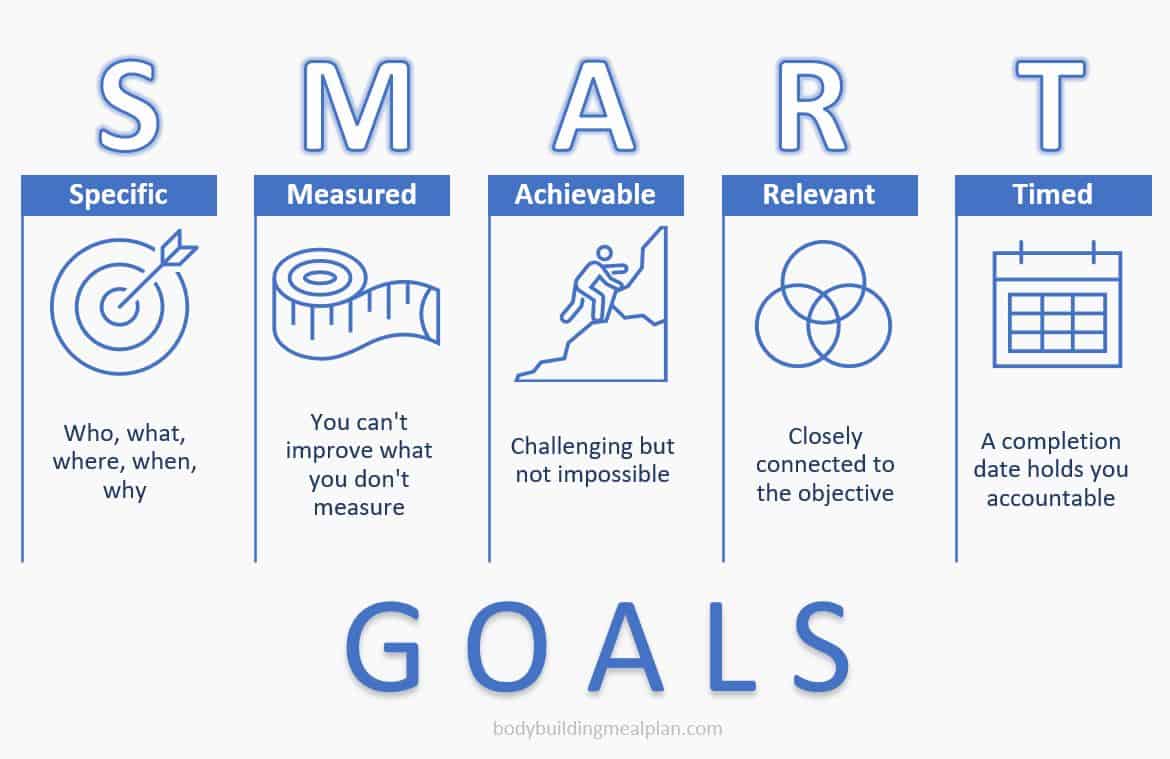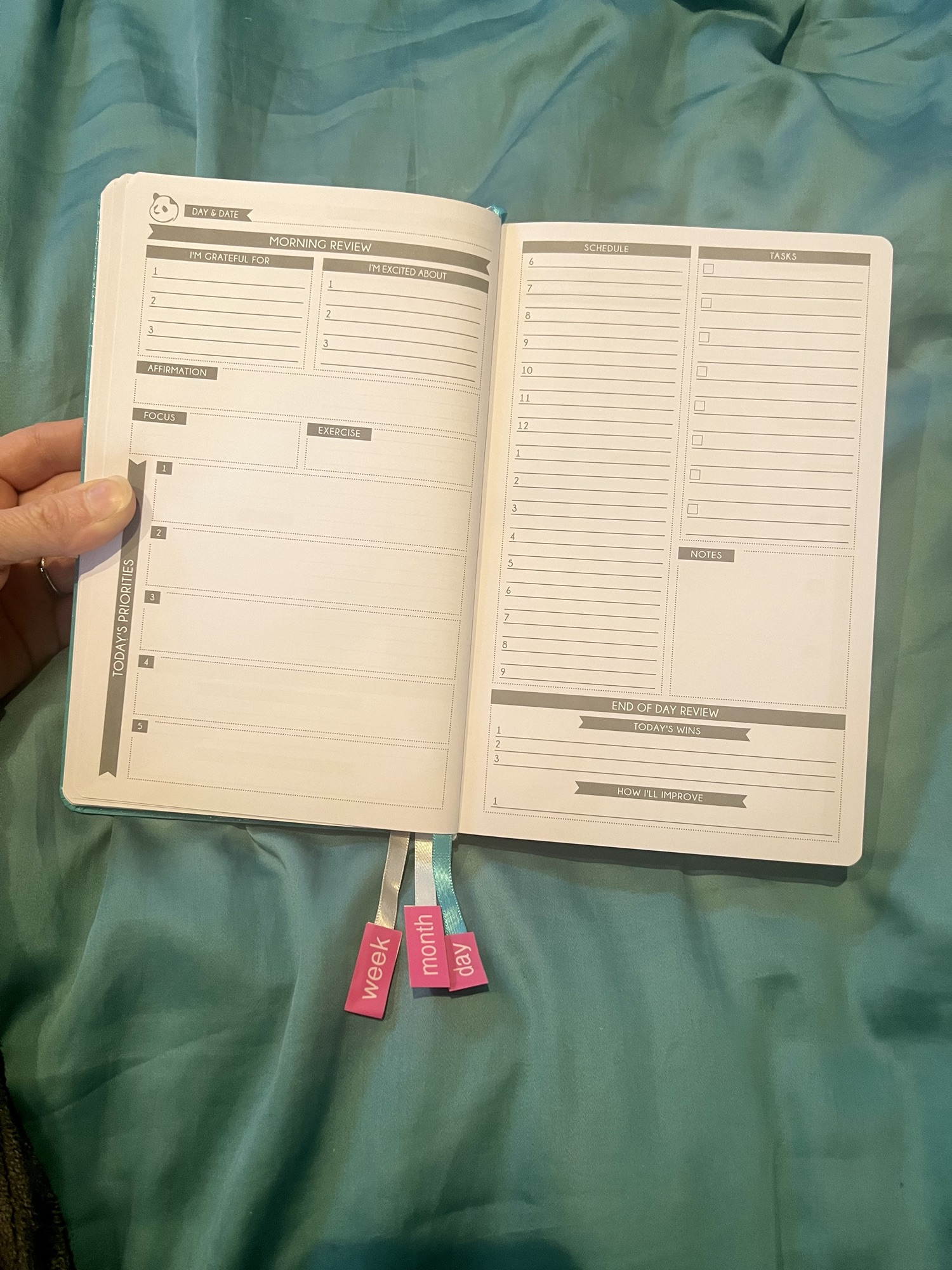Creative Momentum: Project Binder

I haven’t done a weekly installment of my creative tinkering in a while, partly because I’ve been bursting with creative energy and go-go-go. Sitting down long enough to write has become a challenge. Now that spring is in the air and the sun is out, my body is less frequently yearning for the rest that lends to typing out a blog post.
But, that’s not it. Remember when I wrote of Creative Constipation? I broke down some of my barriers to regular creating and it was like a dam broke. Productivity has soared.
Project Binder: Master List
One of the things that made a big impact was creating a project binder. I wrote on that aforementioned post how I wrote a mind-dump master list of allllll the to dos I could imagine. Little to big, home projects to individual kid habits to life goals.
Project Bunching
After I did that, I started bunching tasks together into projects, à la Start Finishing. Initially I started doing this on a pad of paper, but that was a mistake. I switched to a binder so that I could dedicate a single sheet to each project as they came to light and shift the order of the papers around afterward. This way, I can start a new sheet based on train of thought bunching, then reorder based on findability to add to a given list, and later I can place them in order by priority.

Zoom out
As I was bunching tasks, I would try to decide: do I really need to do this? Could I just remove this task from my life and focus on less? When I was still left with the majority of what I initially put down–a long list, mind you–I thought about why I wanted to do certain items.
Why? It’s important to me that my goals and tasks are aligned with what I want and need to do, not things I think I should do based on cultural expectations or other people’s values. Am I wanting my house to be a certain way so that it will look as good as others on the street or am I completing a unique vision so I can stop looking at my house as tasks I need to do and start basking in it and committing to other goals?
Priorities & Obstacles
Zooming out led me to to think about my overall goals.
Small picture is that I want to figure out seating solutions for my back porch and to clean up the yard, but what I really want is to have an outdoor space I’m proud enough of to not resist having guests over for play dates or general entertaining.
Small picture is that I want to organize my garage, basement, cabinets and drawers, but big picture is that I want to go through my everyday tasks without friction from crowded pathways and missing items.
You get the gist.
Identity
On another sheet, I listed out identities that I posses. Who I am, as others see me and as I see me. Underneath, I wrote the identities amongst those that require habit building to maintain. There are essences of who I am, like ‘athlete‘ that are integrated fully that need not a dedicated page. Though I am known as an artist, creating art is less integral to my routine, so it needs one. I also added an aspirational identity that I do not possess: ‘organized mom.’
Identity-based habits is another concept I learned from Atomic Habits from James Clear. Here’s the premise. Most goals are outcome based: “write a book.” That’s not a SMART goal.

So you get more specific: write a chapter every month. That’s a process goal. Identity-based habits consider: what would the type of person who writes a book do? They read a lot of books, take notes on books, and write every day.
Transforming your identity reduces the friction of needing to muster up motivation. Instead of pushing yourself to do tasks toward something, you integrate actions into the fabric of you.
Projects Pages
Each room in my house has a page. Each kid has a page, on which I have tasks for ways I can help them improve habits or hobbies they want to pursue and appointments I need to make. There’s a page for each identity and ways to maintain. A page for art. A page for writing. A page for relationships.
Relationships?
I’m not great at staying in touch. I hop from one hyperfixation or goal or major life change to the next at rapid speed until one day, I look around and realize I haven’t spoken to someone very important to me in a very long time.
I touched base more often before I quit scrolling Instagram and Facebook. I also hate having text conversations, which seems to put me in a minority. So there are more barriers than for most. There are so many people that are important to me but simply don’t know because I don’t put forth the effort to show them.
With my relationships page, I’m going to focus on a few key folks I want to reach out to every so often. I’ll have their names in a column and last time we spoke in another column. I’ll add more
Habits
The final page type I have is for habits. There are daily, weekly and monthly categories.
I’ve already learned the best way to ingrain habits is to stack them with existing habits. And I also know that trying to change too much all at once is bound to make you abandon ship. Listing out the habits of the person I’d like to become brings awareness for them so I can begin to look for ways to integrate, one at a time.
Calm to the Chaos
Times got tough. But instead of getting trapped in failure mentality, I decided to take a long, hard look at where I am versus where I want to be. I’m proud of how far I’ve come. I want to keep building. Between this binder and the planner I wrote of recently, I’m stacking one brick at a time.

Life comes at you fast—sometimes faster than it feels like you can handle. Don’t get mad. Get organized.
[…] Now that I have a space conducive to deep work, there is less friction between my writing and I. I’m able to be more intentional and build the habits required to achieve my goals. […]
[…] I think about identity a lot. That sounds a bit self-obsessed, but it’s strategic in living an intentional life. I discuss this further in the identity section of my project binder post. […]
[…] with a paintbrush taped to a broom handle and did your best. It’s basking in the joy of your long list of creative projects, not rushing to complete all of the tasks because nothing is ever […]
[…] more simple to do by reducing friction. Examples include having a dedicated space for writing, organizing and prioritizing creative endeavors, and tracking progress with habits in […]
[…] through his habit stacking method has allowed for good habits to compound that systems and identity are more effective than strategic […]
[…] the universe. I see myself as but a vessel, and it is my job to prune, create space, and allow for creativity to flow through […]
[…] of life and say, “This is I.” When a man can name and define himself, he feels that he has an identity. Thus he begins to feel, like the word, separate and static, as over against the real, fluid world […]
[…] of life and say, “This is I.” When a man can name and define himself, he feels that he has an identity. Thus he begins to feel, like the word, separate and static, as over against the real, fluid world […]
[…] load. The same tasks that can lead to burnout can feel enriching with the right time management, systems, environment, community, and balanced cycles of […]